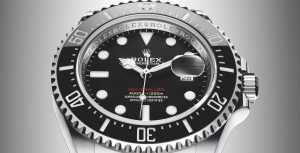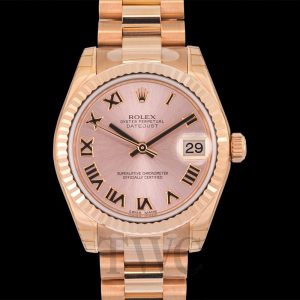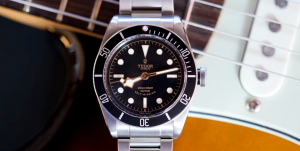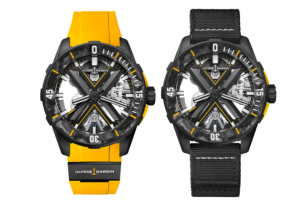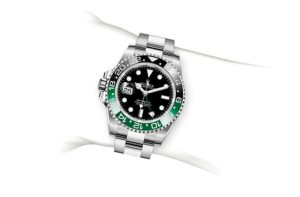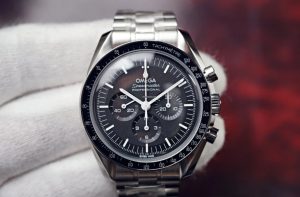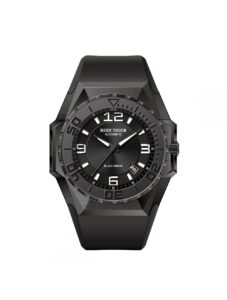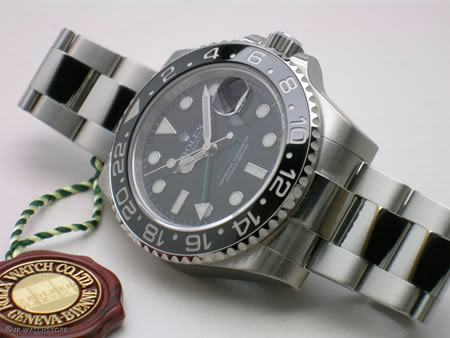
 3Posted by Robert-Jan Broer on May 18, 2009
3Posted by Robert-Jan Broer on May 18, 2009
I am a big fan of the Rolex GMT-Master, not only because it is one rock solid watch that has this neat feature of being able to display multiple timezones (3 in total, using the bezel), but also because of its history. We probably all know the historic Pan-Am GMT-Master models, with the white dial, given to pilots of that company. Jake Ehrlich even claims it was the unofficial Moon Watch. I don’t know about that (well, I do), but at least it was favored by a lot of NASA astronauts as well.
Sometimes, I regret selling the ref.1675 I had a few years back, but that’s only because its value doubled The ref.16710 remains my favorite model of GMT-Masters anyway. However, the only downside of this particular model is the clasp. It is just too flimsy, and once in a while I have to bend (the upper part of the clasp) it a bit so it doesn’t open too easily. It never failed on me, but just in case… I like to prevent it from doing so. The new GMT-Master, the ref.116710LN (pictured below, photo by JKWatchStore), has a way better clasp.

Another great feature about this new GMT-Master II, is that the bezel rotates ‘per hour’ instead of per minute. This is due to the use of a bearing instead of the former system, with a spring that clicks from teeth to teeth. As can be seen in the picture below (indeed, the bezel inlay is missing), from the German Rolex Forum:

Another ‘major’ change on the new Rolex GMT-Master II, is the use of the triplock crown instead of the twinlock crown. The triplock crown is bigger because of the use of an extra WR measure inside the crown, and this is to the liking of many probably, since the smaller twinlock crown looked awkward in the perception of some people. Personally, I also used to think the twinlock crown was a bit too small, but in fact, it is much more comfortable than the triplock crown. It doesn’t poke around in your hand, as the triplock does on my Sea-Dweller and Yacht-Master.
Anyway, besides all above (and then I still didn’t mention the polished center links. maxi dial and the parachrom blu hairspring), one of the most important changes to this classic, is the ceramic bezel. Ceramic material is created by the action of heat and subsequent cooling. It is a light weight, scratch resistant and not in the last place, durable material. The smooth feel and the glossy look of the ceramic makes the GMT-Master 116710LN really stand out.
Ryan, member of the Dutch Rolex Forum, made a really nice macro shot of the ceramic bezel on his GMT-Master II.The small spots on the black ceramic isn’t dust or dirt, it is the structure of this material. The ‘6’ of the ’16’ on the ceramic bezel, clearly show that the material is similar to the inlay of the Yacht-Master ref.16622. And that’s correct, the numbers on the ceramic bezel are made out of platinum. Applied to the bezel using PVD techniques.

I found this comparison review between the ref.16710 and the later ref.116710 at Minus4Plus6, which I think is pretty useful if you are deciding whether to get a GMT-Master II old-style or the new and improved GMT-Master IIc(eramic).
